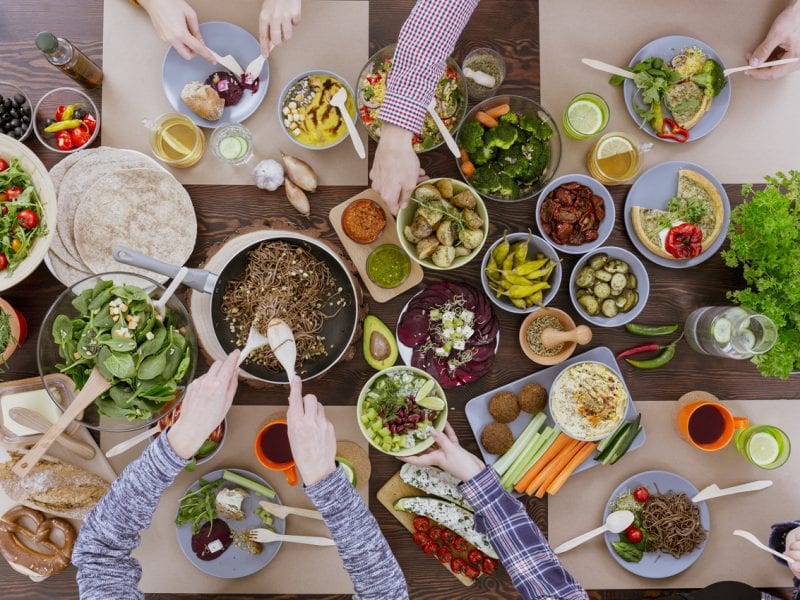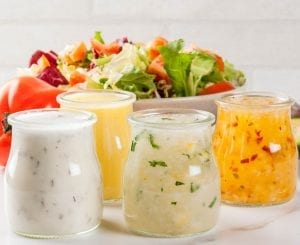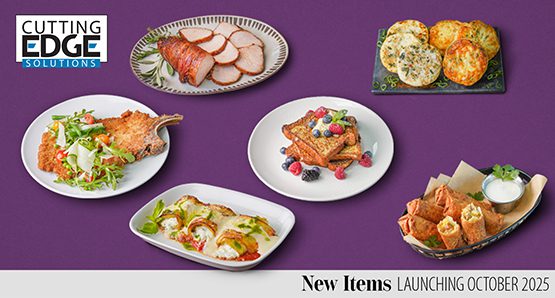Chefs and diners have become obsessed with plants – and not just in vegan or vegetarian applications. The idea of eating more plants has even transformed into an exciting new trend that’s been called everything from “plant-centric” and “vegetable forward” to “veggie-driven.” “Many consumers today are flex-itarians,” says Massimo Balacchi, director of Sysco’s Italian segment. “While the number of people going vegan or vegetarian is growing, it’s very small compared to those who choose to eat less meat in favor of plant-based menu options.”
Here are the top 10 reasons plant-forward options are increasing in popularity.
- Plants are good for you. Eating more veggies and less meat can improve, stop or even reverse common causes of chronic diseases (cardiovascular disease, cancer, Type 2 diabetes, etc.).
- Veggie-centric options appeal to on-trend diets. Followers of popular diets, such as paleo or gluten-free, are very loyal to places that offer tasty diet-friendly options.
- Plant-based diets are more sustainable. Growing plants for food requires fewer resources and generates less pollution.
- Customers want to eat more plant-based foods. Among consumers who eat vegetarian and/or vegan dishes, 44% say they’d like restaurants to offer more options to animal protein; 41% would like restaurants to offer a wider variety of vegan options.¹
- Plant-based diets are nutritious. A well-balanced plant-based diet meets the nutritional needs of individuals at every stage of life (with the exception of vitamin B12, which can be supplemented).
- Plants are flavorful and delicious. Plants can hold up to as many cooking techniques as animal proteins. Where fat is reduced, the creative use of spices and other seasonings opens the door to a world of flavor.
- Global cuisine is heavily dependent on plants. Some of the most exciting global cuisines are predominantly plant-based. Indian, Chinese, Southeast Asian, Mexican, Mediterranean and African cuisines can all serve as inspiration for incorporating traditional flavors and techniques.
- Plant-based items are easy to integrate. The more plant-based options an operator introduces, the better they fit. Even when vegetarian or vegan items aren’t identified as such, servers can talk them up and help complete the sale.
- It’s easy to make it meatless. A single portion of animal protein can be replaced in popular meat-based dishes by hearty grilled vegetables, mushrooms, distinctive grains such as farro or quinoa, or plant-based substitutes like tempeh, tofu or seitan.
- Plant-centric menus have cost and profit advantages. Because plants require fewer resources to grow and harvest, they can be priced lower than other items to encourage trial and recurring volume sales.
- Seafood & Vegetarian Consumer Trend Report, Technomic













